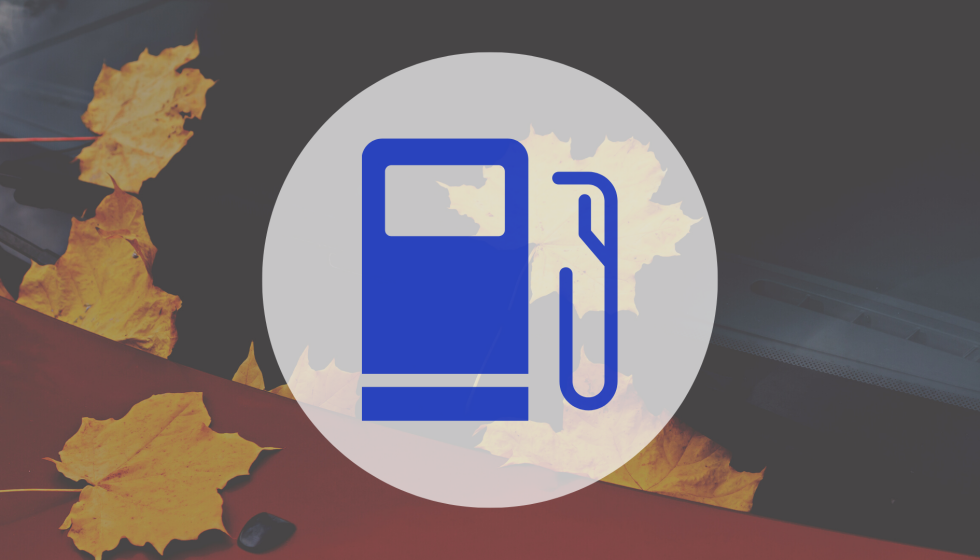Experts of the Institute of Car Market Research analyzed the statistics of vehicle registrations in Ukraine and determined which type of fuel Ukrainians chose the most cars in September 2022: among domestic resales, imports of used cars and sales of new cars.
General dynamics of sales of used cars by fuel type
The general trend, which continues for the third month in a row, is a decrease in the share of diesel cars in the sales structure. According to the results of September, Ukrainians purchased 30,600 passenger cars with a diesel engine, which accounted for 31% of the total number. Back in June, when the so-called zero customs clearance was in effect, the share of such cars was recorded at the level of 53%.
On the contrary, the share of gasoline cars is growing. In September, they were bought by 45.1 thousand ( 45.7% ). Together with cars equipped with gas cylinder equipment for working on liquefied gas (18.2 thousand, 18.5%) and passenger cars with hybrid engines (1.7 thousand, 1.7%), they make up the absolute majority — 51, 2%.
The share of electric cars was 2.4 thousand ( 2.4% ) of the total number. Cars with LPI gas engines, which were popular in the import of used cars from South Korea, also decreased — 665 units during September ( 0.7% ).
Internal resales
Gasoline cars prevailed in the domestic market in September — 44.1% (34.8 thousand) of such deals were concluded, while gas- powered cars were purchased in 21.9% of cases (17.3 thousand). Thus, diesel cars were in the minority in September: 31.2% (24.6 thousand deals).
The share of other, more ecological types of cars is still insignificant. Thus, among all cars on the domestic market, only 1.1% were electric (873 deals), 1.1% — hybrid (850 deals) and 0.7% — exclusively gas (523 deals).
In general, a fairly stable situation has developed in the domestic market: the share of fuel in the sales structure is changing, but not significantly. Among the trends, we can note a gradual decrease in the share of diesel cars in the structure of domestic resales, and rather — a return to the market indicators that existed before the introduction of the so-called zero customs clearance.
Import of used cars
In general, used gasoline passenger cars were the most imported from abroad in September (8.4 thousand, 51.7% ). Cars with gas cylinder equipment were imported by another 5.5% (885 units), and with hybrid engines — 2.6% (421 units).
The share of diesel cars after the peak in May decreased for the fourth month in a row, and in September it was recorded at the level of 31.5% (5.1 thousand). It is economically unprofitable to import used cars after the cancellation of the so-called zero customs clearance, especially with diesel engines: the excise tax on them is twice as high.
Only 142 gas cars with the LPI system were brought, which is 0.9% of the total number.
However, the share of electric cars set a record: both in terms of quantity (1.3 thousand units) and the maximum share in the structure of imports — 7.8%. The trend of increasing the number of electric cars in the import of used cars has been traced since May, when the fuel crisis began in Ukraine. An additional incentive for the import of cars with an electric engine today is the absence of import taxes.
New cars
As in other categories of the car market, new passenger cars with gasoline engines became the most popular in September. Among all new cars registered for the first time during the past month, there were 55.3% (1.9 thousand units). There were 11.9% (417 units) of passenger cars with hybrid engines, and 1.8% (63 units) with a factory gas installation. Together, their share is 68%.
The share of diesel passenger cars in the structure of new car imports is fixed at 23.5% (827 units).
But the share of electric cars in September amounted to 7.5% — this is the second largest indicator in the history of the Ukrainian car market, after the May record against the background of the fuel crisis (then electric cars were purchased in 10.8% of cases).
Subscribe to the Telegram channel of the Auto Market Research Institute to be the first to receive information without advertising or spam.



